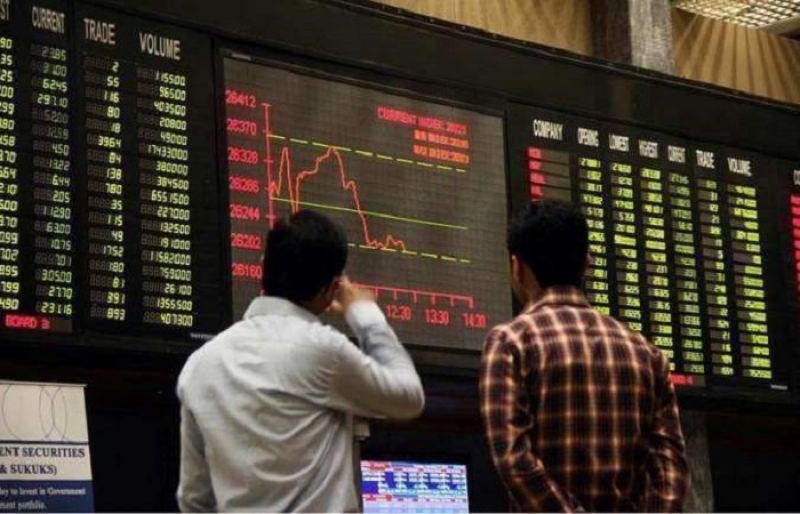
When a stock is halted, trading is prohibited usually across all exchanges. The NASDAQ implements circuit breakers on stocks that quickly spike or fall beyond the 10% or 20% range threshold within a rolling five-minute time period for more than 15 seconds. These halts are often referred to as “circuit breakers” and meant to pause the action to stabilize the order imbalance. Non-regulatory halts are like speed bumps that trigger when a stock breaches a price percentage move threshold either up or down too quickly. These types of halts can last from minutes to hours. The halt is meant to give investors and institutions some time to analyze and digest the news in order to making a more rational decision on what actions to take.

Companies will request a regulatory halt directly with the exchanges. Pending FDA advisory board decisions or changes in the company board or structure. Regulatory halts are executed in situations when a company is about to release significant market moving news including an earnings reports/warnings, mergers/acquisitions, and government rulings. There are two types of trading halts regulatory and non-regulatory. The purpose of a trading halt is to pause the trading in anticipation of a major order imbalance and allow the market to digest the news.

The length of time depends on the circumstances for the halt.

A trading halt is implemented by the stock exchange, which pauses all trading in the security for a certain period of time. One of the most frustrating events that can trigger during the day is a trading halt.


 0 kommentar(er)
0 kommentar(er)
